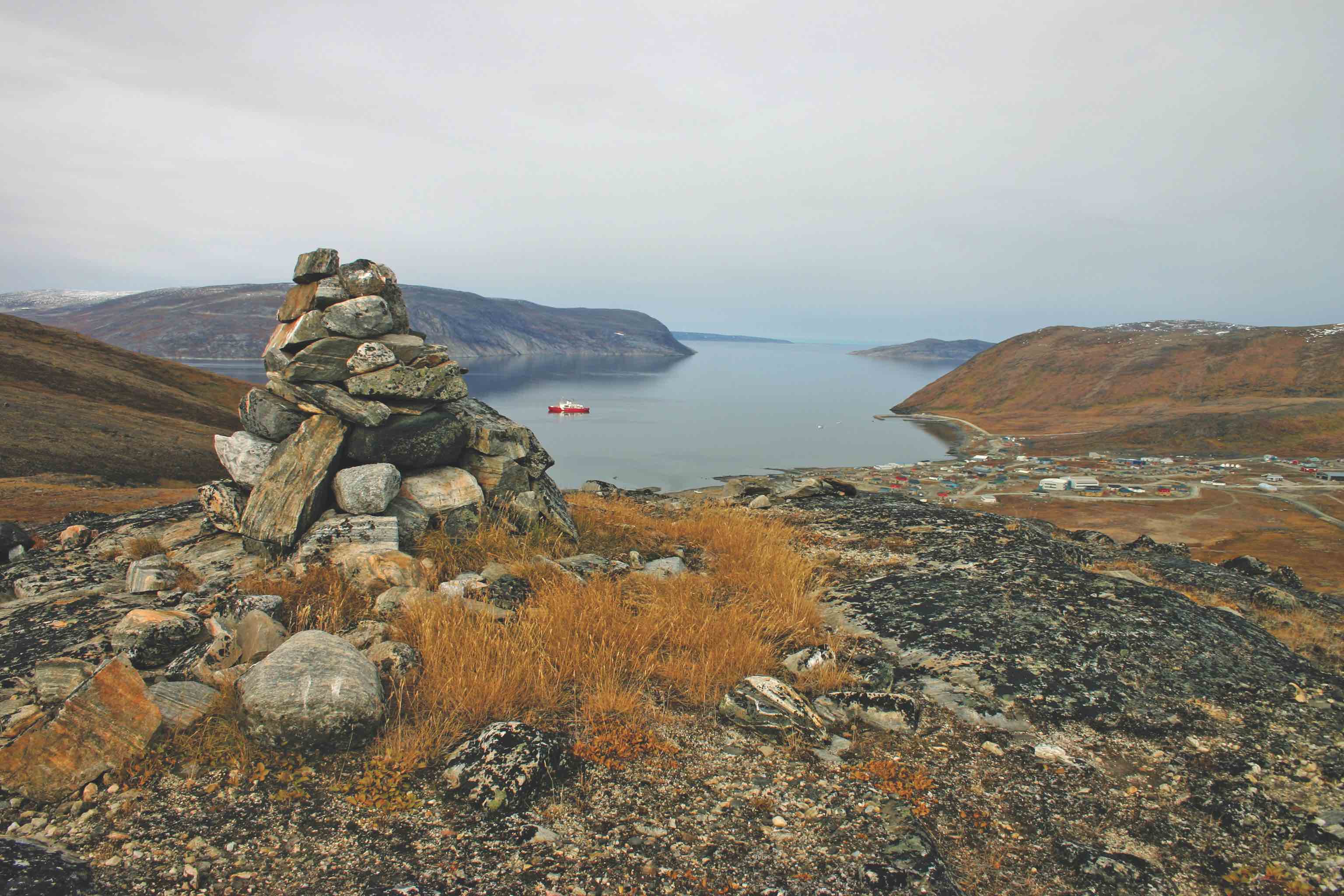Health Surveys and Beyond: Nunavik and Nunatsiavut

Publication Date
2012Keywords
NunavikNunatsiavutHealthNutritionFood securityContaminantsDiseaseThis document should be cited as:
Dewailly, E., and Owens, S. 2012. Health Surveys and Beyond: Nunavik and Nunatsiavut. In Allard, M. and M. Lemay (eds.) Nunavik and Nunatsiavut: From science to policy. An Integrated Regional Impact Study (IRIS) of climate change and modernization. ArcticNet Inc., Quebec City, Canada.
Abstract
The context of cultural transition, exacerbated by climate change requires adaptation on many levels on the part of circumpolar Inuit. By definition, adaptation capacity is influenced by health status. This chapter draws on results from health surveys carried out in 2004 (Nunavik) and 2007-08 (Nunatsiavut) and looks at selected health status indicators for these two populations. Health surveys take stock of many health endpoints as well as enable new understanding of key underlying factors contributing to health problems including food and nutrition, cardiovascular disease risk factors, contaminants, infectious disease from animals or drinking water, and injuries through travel.
Recent health indicator data paint an unfavourable picture for Nunavik’s population, with that of Nunatsiavut fairing somewhat better. By these measures, the two regions together are among the least healthy in the country. In Inuit Nunangat (i.e. the whole of the four Inuit regions), young males and older females are particularly vulnerable to premature death. Mortality profiles differ by sex with intentional and non-intentional injuries weighing most heavily for males and chronic diseases weighing most heavily for women. Birth outcomes data indicate little positive change over time. Health inequity observed for these populations is of public health concern.
Obesity levels are high and rising (where data permit comparison), as is the incidence of associated cardiovascular disease. However, for the same level of risk factors, Inuit are in better health than Caucasian populations. The consumption of marine fatty acids, the beneficial effects of which appear to be multiplying, is one of perhaps several protective factors that seem to be at play. However, these factors may be at risk of disappearing, due to dietary transition, environmental changes and the availability of quality country food.
Significant declines in mean blood concentrations of mercury, lead and cadmium have been observed in Nunavik between 1992 and 2004. Nevertheless, a significant proportion of individuals, and of women of childbearing age in particular, continue to have concentrations exceeding the acceptable levels set by Health Canada. State-of-the-art research is identifying deleterious effects on the development of young Inuit with indications of long-lasting adverse effects of early contaminant exposure on cognitive function, as well as positive effects of fatty acids on sensory and memory function.
Survey results indicate a high level of infection by among women in Nunavik, which requires screening during pregnancy for the protection of the unborn. Levels in Nunatsiavut were found to be much lower. However, exposure to the bacteria was found to be common in Nunatsiavut, and is the subject of investigation in the Inuvialuit Settlement Region (ISR) given concern over its association with stomach cancer.
Research driven interventions, such as the ban on trans-fats in Nunavik or the substantial decline in persistent organic pollutants found both in the environment and in people,have been successful in Inuit inhabited regions. Clearly, research and monitoring are critical for defining the complexities surrounding health determinants. Continuation of these efforts is necessary to address the significant health inequality that currently exists.